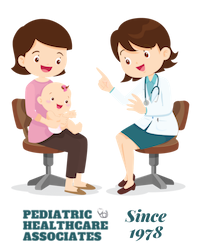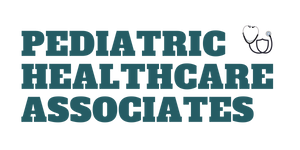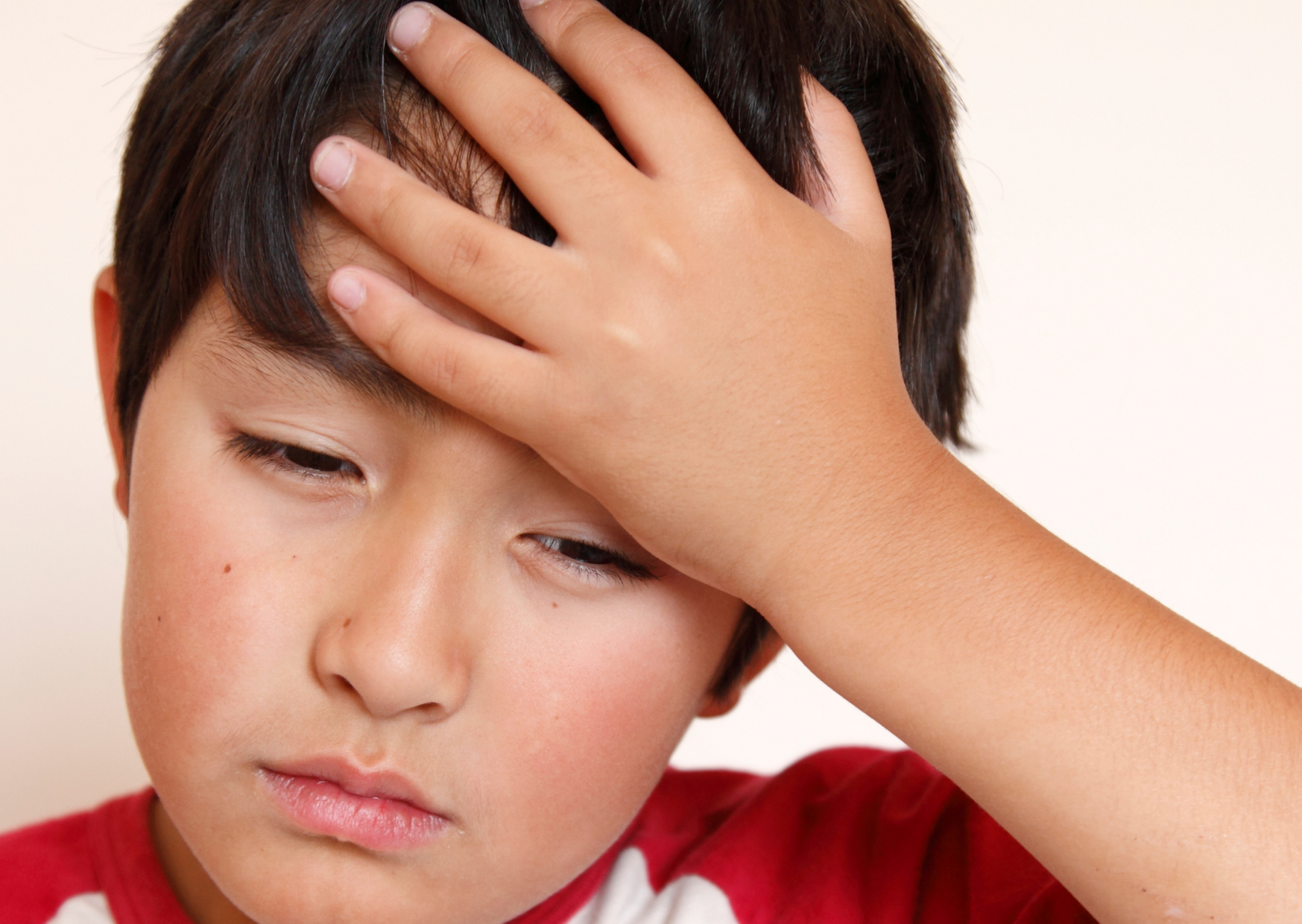Headaches: Simple tips to ease the pain
A headache is a common yet troublesome condition that causes discomfort or pain around the head, often affecting areas near the forehead, temples, or even below the scalp. The severity of headaches can vary, ranging from mild twinges to persistent, throbbing pain, depending on factors such as duration, location, and underlying causes. While occasional headaches may not be a cause for concern, frequent or long-lasting headaches could indicate underlying health issues that require immediate medical attention.
Several factors contribute to headaches, including lifestyle habits, stress levels, and overall health. Common triggers include:
- Lack of sleep – Poor sleep patterns or sleep deprivation can lead to tension headaches.
- Emotional stress – Anxiety, pressure, and mental exhaustion may contribute to frequent headaches.
- Vision problems – Eye strain from excessive screen time or undiagnosed vision issues can cause recurring headaches.
- Dehydration and diet – Inadequate water intake and poor nutrition may also be potential triggers.
Children and teenagers, in particular, may experience headaches due to academic stress, digital device overuse, or unaddressed vision problems. Parents who notice their children frequently complaining of headaches should seek medical advice from a qualified pediatrician. If you’re looking for the best pediatricians in Altoona, PA, consider those who specialize in diagnosing and managing childhood headaches, ensuring the right treatment approach based on the root cause.
Timely medical intervention can help identify whether headaches stem from minor lifestyle factors or more serious health concerns. Scheduling a consultation with an experienced pediatrician can provide valuable insights and ensure children receive the best possible care for their well-being.
When should I call a doctor?
Kids' headaches occur mainly due to reasons like lack of sleep, stress, anxiety, head injury, infection. In many cases, headache can be treated at home with over the counter medicine.
Sometimes, if the headache is worse and occurs frequently you will have to consult a doctor.
How to define mild and severe headache, refer to below pain scale:
Mild: Child complains of a headache but will be able to continue with their normal activities like school, playing and sleep.
Moderate: Child is not able to do normal activities like school, play and sleep. Wakes in mid of sleep due to a headache.
Severe: Child is not able to do all the normal activities due to very bad pain.
Reach emergency care for below symptoms:
- Sudden, Severe constant pain
- Vomiting, blurred vision, child is confused, stiffness of neck, neck pain with fever
Visit Doctors Office:
- Headache lasting for more than 24 hours
- Unable to wake up from sleep due to headache
- Head pain gradually worsens after a head injury
- Fever, Sore throat
- Pain followed by swelling around eyes
- Migraine headache noticed and is not diagnosed
Causes of Headache
There are many factors for headache:
Viral Illness and Infection: Illnesses like cold, flu, ear infections are more frequent causes of headache.
Head Injury: Blow to head, most head injuries are harmless. Head pain that gradually worsens after a head injury, dizziness, nausea, mental fogginess, blurred vision should be seen by a doctor.
Meningitis: A very serious infection caused by bacterial infection of the membrane that covers the spinal cord and brain. Child can suffer brain damage, if not treated. Look for symptoms like stiff neck, headache, fever, and confusion.
Harmless Headache: Children complain of headache when they are hungry and usually reduced or no headache within 30 mins of eating food. Headache followed by hard exercise, by chewing gum, headache by eating icy food or drink, exposing to bring sunlight are considered as harmless headache
Migraine: Migraine headaches are genetic, usually run in the family. Severe pain that is often on one side or both sides of the head. Sensitivity to noise and light, Nausea and vomiting, Mood changes.
Congestion headache: Blocked or running nose, Pain or pressure above eyebrows, behind eye, and under cheekbone, pain on one side of the face.
Muscle tension headache: Caused due to staying in one position for a long time, due to reading or watching screen for a long time. In some cases, tension due to stress or worry or pressure, family argument.
Treatment for Headache at Home:
- Most cases headaches can be treated at home with rest and pain relief medication.
- Mild and occasional headache can be treated with relaxation.
- Nap in the darkroom.
- put a cold pack on forehead.
- If the kid is hungry, give them fruit juice or food, as skipping meals often causes headache in children.
- gentle head and neck massage.
- warm shower.
- Use with caution over-the-counter medicine like acetaminophenor ibuprofen, read label to determine the right dose based on child weight.
- Keep track of usage of medication and consult the Doctor for guidance if the usage is more frequent to avoid medication overuse.
Normal sleep patterns:
Infants (up to 1 year of age)
Newborns sleep about 16 hours a day, spread across the day with 3 to 4 hours of nap between feeding. By 1st birthday infants sleep around 13 hours per day. 1 in 5 infants does not sleep through the night by 1st birthday.
Toddlers (ages 1 to 2)
Sleep of 11 to 13 hours per day including morning nap and an afternoon nap is normal for toddlers.
18 to 21 months toddlers nap only once a day.
Preschoolers (ages 3 to 5)
Sleep of 10 to 12 hours per day including a midday nap is common for preschoolers.
School-aged Children (ages 6 to 12)
Elementary kids take 15 to 20 mins before they sleep, and they usually sleep for 9 to 11 hours.
Teens(ages 13 to 17)
Per night Teens need 9 to 10 hours of sleep. They take 20 to 30 mins while they fall asleep. Some teens tend to wake for long hours and catch up on sleep over the weekend.
Healthy sleep habit:
- Outdoor activities like walking, playing in sunlight everyday
- Keeping kids active during the day
- Sticking to the regular bedtime routine everyday
- Quite time of an hour and a half before bedtime
- No screen time before bedtime at least an hour and a half for young children and teens.
- Avoid plenty of fluid for preschoolers before bedtime to stop bedwetting
- Nightmares are common among toddlers, preschoolers, and school-going kids. Handling nightmares calmy is important for a good night's sleep. Reassure them dreams are not real and make them feel OK. Help the child understand bad dreams are common for everyone and are not real.
- Avoid drinks with caffeine like, cola or sports drink for 5 hours before bedtime
Disclaimer: This health information is for educational purposes only. You, the reader, assume full responsibility for how you choose to use it.
Citation/References:
https://www.abcdpediatrics.com/advisor/pa/pa_normslee_bhp.htm
